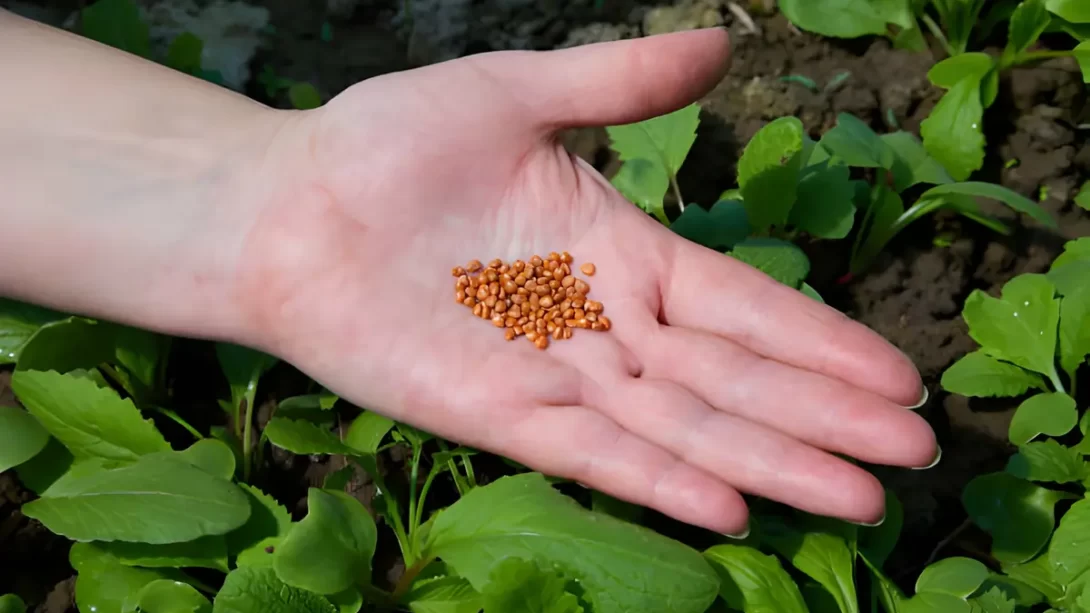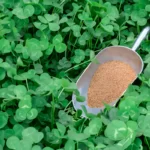Growing carrots from seeds is a rewarding experience for any gardener. Carrots, known for their versatility in the kitchen and nutritional benefits, can be grown in a variety of climates and soil types. This article will guide you through the process, from selecting the right seeds to preparing your garden. Whether you’re a novice or a seasoned gardener, you’ll find that cultivating carrots can be a simple and satisfying endeavor.
Choosing Carrot Seeds
The first step in growing carrots is choosing the right type of seeds. Carrot varieties such as Nantes, Imperator, Danvers, and Chantenay each have unique flavors and growth requirements. Nantes carrots are known for their sweetness and crisp texture, making them ideal for snacking. Imperator carrots are longer and more tapered, often chosen for their classic carrot appearance. Danvers carrots are adaptable to heavier soils, and Chantenay carrots are perfect for shorter growing seasons with their shorter, thicker roots. Consider your local climate, soil type, and culinary preferences when selecting your seeds. Some varieties are more heat-tolerant, while others are designed for cooler climates.
Preparing Your Garden
Carrots thrive in well-drained, loose, and fertile soil. They prefer a slightly acidic to neutral pH. If your soil is heavy or clay-like, consider mixing in compost or sand to improve texture and drainage. This preparation is crucial as carrots require deep, loose soil to grow long and straight. Select a sunny spot in your garden, as carrots need plenty of sunlight to develop properly. Ensure the planting area is free of stones and debris, which can hinder root development. Remember, good soil preparation is key to growing healthy, straight carrots.
Sowing Carrot Seeds
Carrot seeds are tiny, so sowing them requires care. Start by creating shallow trenches in the soil about ¼ to ½ inch deep. Space these rows about 6 to 8 inches apart to provide adequate room for growth. Sow the seeds sparingly along the trenches, as overcrowding can lead to poor root development. After sowing, cover the seeds lightly with soil and water gently. Consistent moisture is crucial for germination, so keep the soil lightly moistened until the seeds sprout.
Caring for Carrot Seedlings
Once your carrot seeds have germinated and seedlings emerge, it’s important to thin them. This process involves removing some seedlings to allow enough space for the remaining ones to grow. Thin the seedlings to about 2 to 3 inches apart. Regular watering is essential for carrot growth, especially in the early stages. However, be careful not to overwater, as this can lead to root rot. A layer of mulch around the seedlings can help retain soil moisture and regulate temperature.
Fertilization and Weed Control
While carrots don’t require heavy fertilization, a balanced, light application of a vegetable-friendly fertilizer can promote healthy growth. Organic options, like compost or well-rotted manure, can be beneficial. Weeds compete with carrots for nutrients and space, so regular weeding is important. Be gentle when weeding around carrot plants to avoid disturbing their fragile roots. Mulching can also aid in weed suppression, in addition to its moisture-retention benefits.
Troubleshooting Common Issues
Growing carrots can sometimes present challenges, such as pests, diseases, and germination issues. Common pests like carrot flies can be deterred by using fine mesh netting or row covers. Diseases such as leaf blight and root rot can be minimized by practicing crop rotation and ensuring good soil drainage. Poor germination is often due to either too deep sowing or soil drying out. Consistent moisture and correct sowing depth are key to successful germination.
Harvesting and Storing Carrots
Carrots are typically ready to harvest when they reach the desired size and their color is vibrant, usually in about 50 to 80 days depending on the variety. Gently loosen the soil around the carrot with a fork and pull the carrot out by the greens. Be careful not to break the carrot in the process. After harvesting, remove the greens to prevent them from drawing out moisture from the roots. Store carrots in a cool, dark place, ideally in moist sand or peat to maintain freshness. Refrigeration can also preserve them for several weeks.
Conclusion
Planting carrots from seeds is a simple and gratifying process. With the right care, you can enjoy a bountiful harvest of crisp, flavorful carrots right from your garden. Experiment with different varieties to discover the flavors and textures you prefer. Whether enjoyed fresh, cooked, or as a healthy snack, homegrown carrots are a delightful reward for your gardening efforts.



